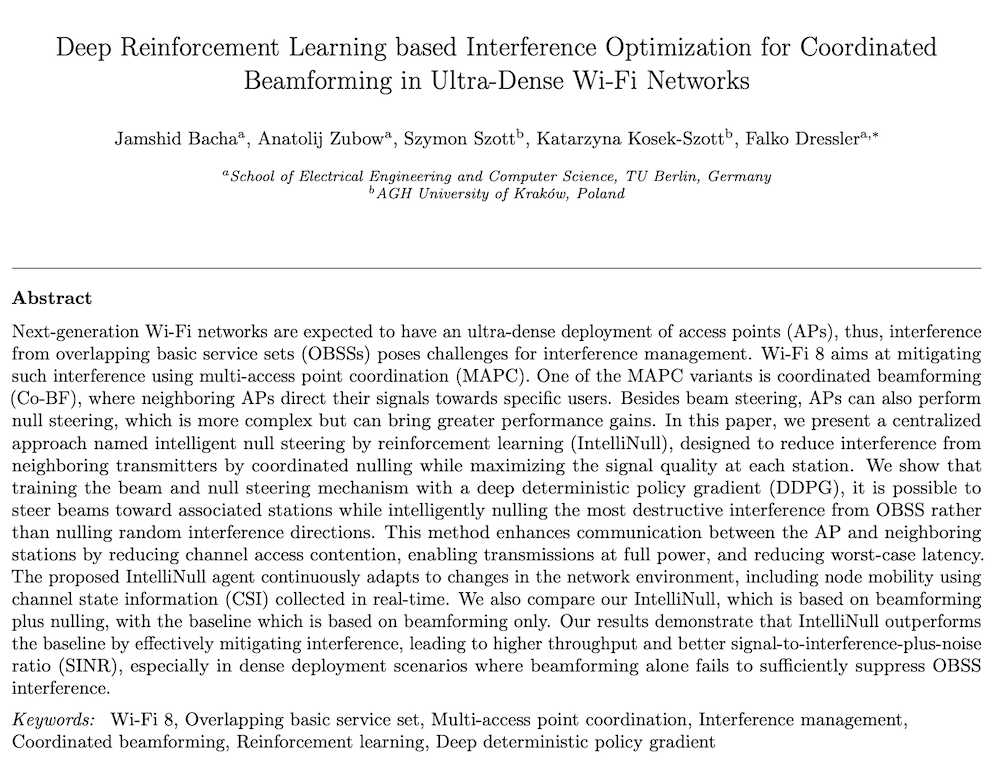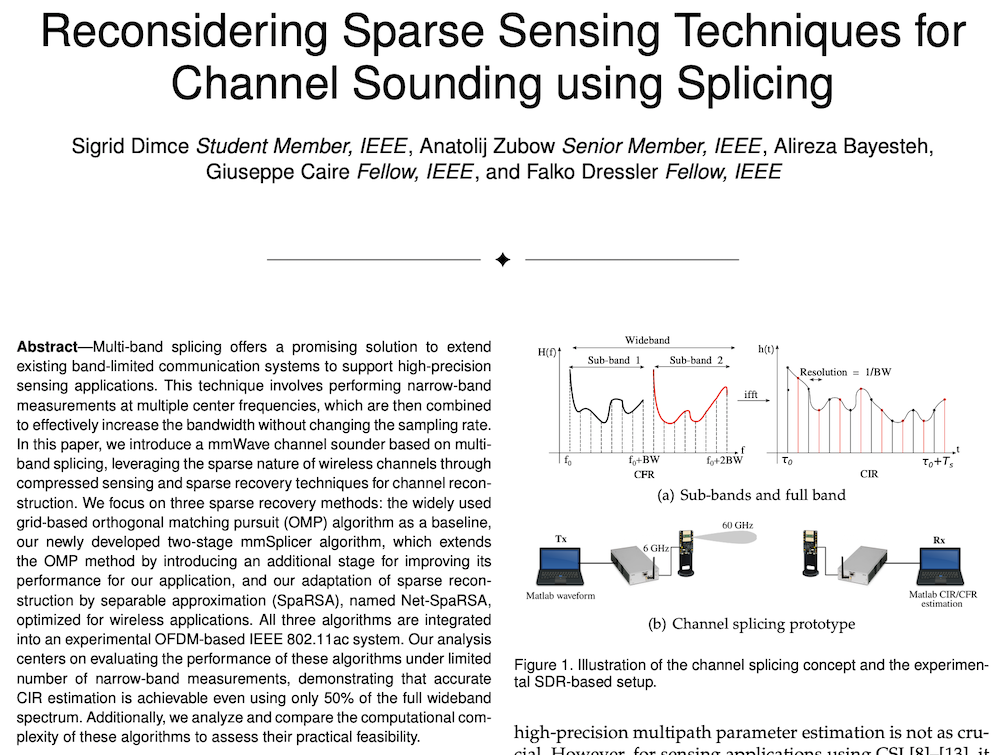Literature Database Entry
dressler2012ivc-tutorial
Falko Dressler and Claudio Ettore Casetti, "Inter-Vehicular Communication: Standards, Protocol Design, and Integrated Security Metrics," Tutorial, IEEE Consumer Communications and Networking Conference (CCNC 2012), Las Vegas, NV, January 17, 2012.
Abstract
Much progress can be observed in the domain of Inter-Vehicular Communication, looking back at the last decade. In this growing community, many ongoing activities focus on the design on communication protocols to support safety application, intelligent navigation, multi-player gaming and other. Very large projects have been initiated to validate the theoretic work in field tests and protocols are being standardized. With the increasing interest from industry, security and privacy become key aspects in the stage of protocol design in order to support a smooth and carefully planned roll-out. Researchers from academia and industry recently met at an international Dagstuhl seminar to discuss open research challenges as well as open issues related to market-oriented design. In a first introductory section, we discuss the need for IVC solutions in different application scenarios. We investigate the requirements ranging from traffic information systems to safety applications with real-time communication constraints. Typical IVC approaches are introduced including VANETs, infrastructure-based, and centralized 3/4G solutions. Emphasis is laid on the most recent standardization activities in the DSRC/WAVE context. We continue to discuss relevant protocols and communication principles to provide detailed information on which communication methods can be applied and how IVC protocols are developed. We study ad hoc routing approaches and their limitations to cover wide areas and the routing overhead in urban scenarios as well as recent geographical routing and broadcast-based data dissemination techniques. The main focus, however, will be on recently developed beaconing approaches and store-carry-forward solutions known from delay-tolerant networking that can easily be built upon the IEEE 802.11p protocol standard. The second part of the tutorial will focus on Secure IVC. Relying on broadcast transmissions, IVC solutions are exposed to multiple threats. Attacks are not easily prevented because of the ephemeral nature of IVC links and the constant movement of vehicles, as well as by the stringent timing requirements of IVC applications. We will discuss the vulnerabilities of IVC solutions in terms of identity management, message authentication/protection/consistency, privacy protection and in-vehicle security. For each of the above issues, we will review the main security architectures proposed in the scientific literature, in standards (such as the IEEE P1609.2) and in the context of European Projects. This overview will provide attendees with the state of the art as well as the open challenges in the field of secure IVC.
Quick access
Contact
Falko Dressler
Claudio Ettore Casetti
BibTeX reference
@misc{dressler2012ivc-tutorial,
author = {Dressler, Falko and Casetti, Claudio Ettore},
title = {{Inter-Vehicular Communication: Standards, Protocol Design, and Integrated Security Metrics}},
howpublished = {Tutorial},
publisher = {IEEE Consumer Communications and Networking Conference (CCNC 2012)},
location = {Las Vegas, NV},
day = {17},
month = {01},
year = {2012},
}
Copyright notice
Links to final or draft versions of papers are presented here to ensure timely dissemination of scholarly and technical work. Copyright and all rights therein are retained by authors or by other copyright holders. All persons copying this information are expected to adhere to the terms and constraints invoked by each author's copyright. In most cases, these works may not be reposted or distributed for commercial purposes without the explicit permission of the copyright holder.
The following applies to all papers listed above that have IEEE copyrights: Personal use of this material is permitted. However, permission to reprint/republish this material for advertising or promotional purposes or for creating new collective works for resale or redistribution to servers or lists, or to reuse any copyrighted component of this work in other works must be obtained from the IEEE.
The following applies to all papers listed above that are in submission to IEEE conference/workshop proceedings or journals: This work has been submitted to the IEEE for possible publication. Copyright may be transferred without notice, after which this version may no longer be accessible.
The following applies to all papers listed above that have ACM copyrights: ACM COPYRIGHT NOTICE. Permission to make digital or hard copies of part or all of this work for personal or classroom use is granted without fee provided that copies are not made or distributed for profit or commercial advantage and that copies bear this notice and the full citation on the first page. Copyrights for components of this work owned by others than ACM must be honored. Abstracting with credit is permitted. To copy otherwise, to republish, to post on servers, or to redistribute to lists, requires prior specific permission and/or a fee. Request permissions from Publications Dept., ACM, Inc., fax +1 (212) 869-0481, or permissions@acm.org.
The following applies to all SpringerLink papers listed above that have Springer Science+Business Media copyrights: The original publication is available at www.springerlink.com.
This page was automatically generated using BibDB and bib2web.





